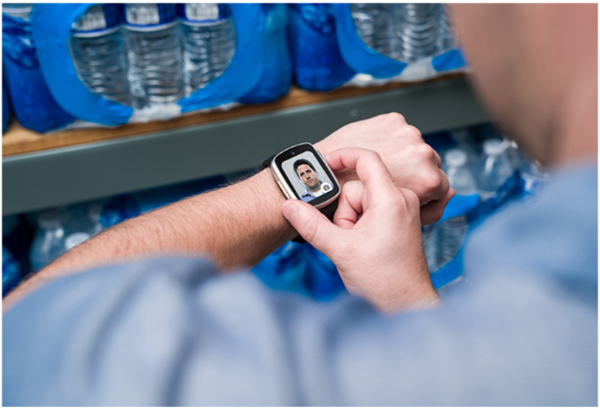The world is in the thick of a developing technological revolution. Constant innovations drive emerging trends which are reshaping everything. In part, this is due to electronics principles like Moore’s Law which calls for progressively smaller and more powerful processors to be built over time. More specifically, Moore’s Law says that the number of transistors in a dense integrated circuit doubles about every two years, meaning technology is getting smaller, smarter, and faster.
In the community corrections industry, supervising agencies typically use traditional, ankle-worn, electronic monitoring devices to manage community-based individuals on probation or parole. As technology advances, agencies now have access to low-profile, wrist-worn devices and smartphone apps to connect more closely with supervising officers and the critical community resources individuals need to be successful.
As the Market Grows, So Do Technical Innovations
In fact, the wearable market is growing extraordinarily fast across all industries. As a result, the performance gap between medical- and nonmedical-grade wearables is closing, driving growth in multiple wearable device categories.
Forecasts predict that smartwatch dominance will continue to grow going forward. Wrist-worn devices are typically more feature-rich, combining core tracking functionality with more robust connectivity and phone-related features. It’s no surprise that smartwatches make up more than 60% of the wearables market.

In addition, advances in miniaturization are driving the wearables market. Gartner predicts that by 2024, miniaturizing capabilities will advance to the point that 10% of all wearable technologies will become unobtrusive to the user.
This Top AI Technology Is Being Adopted Worldwide
The next technology driving change is biometric facial technology, which is arguably one of the most powerful identification tools ever made.

The terms adaptive facial recognition and biometric facial comparison are often used interchangeably, yet there are key differences between the two methods. Biometric facial comparison confirms identity using a one-to-one matching system, while adaptive facial recognition uses a one-to-many matching system, comparing a real-time photo against large, third-party databases of stored records.
How Community Corrections Can Access These Technologies
For those sanctioned to community corrections, technology has evolved, and the newer products are not as noticeable, physically restrictive, or cumbersome. These advancements enable individuals to move and work in the community more discreetly as they fulfill their release conditions. Agencies are always looking for effective alternatives to detention, so providers are designing more modern supervision tools using emerging technologies that are already available in the commercial wearable markets.
The Latest in BI Continuum of Electronic Monitoring Technologies & Services
BI is building on its 40+ years of experience helping agencies stay ahead of the curve by incorporating the two key technologies mentioned above:
#1 – The continued miniaturization of electronic components
The latest device, BI VeriWatch, includes location sensors and cellular modems small enough to fit in a wrist-worn device. The sensor detects if the device is on or off a person. Features GPS and Wi-Fi to increase location accuracy and preserve battery life.
#2 – The advancement of biometric technology
Leveraging this technology eliminates the need for a strap tamper on this wrist-worn device. The device’s camera works in tandem with biometric facial comparison software to provide strong secondary biometric authentication of the person wearing the device. BI VeriWatch is the first community supervision location tracker to biometrically authenticate the identity of the wearer by comparing a new photo against photos established at enrollment.

